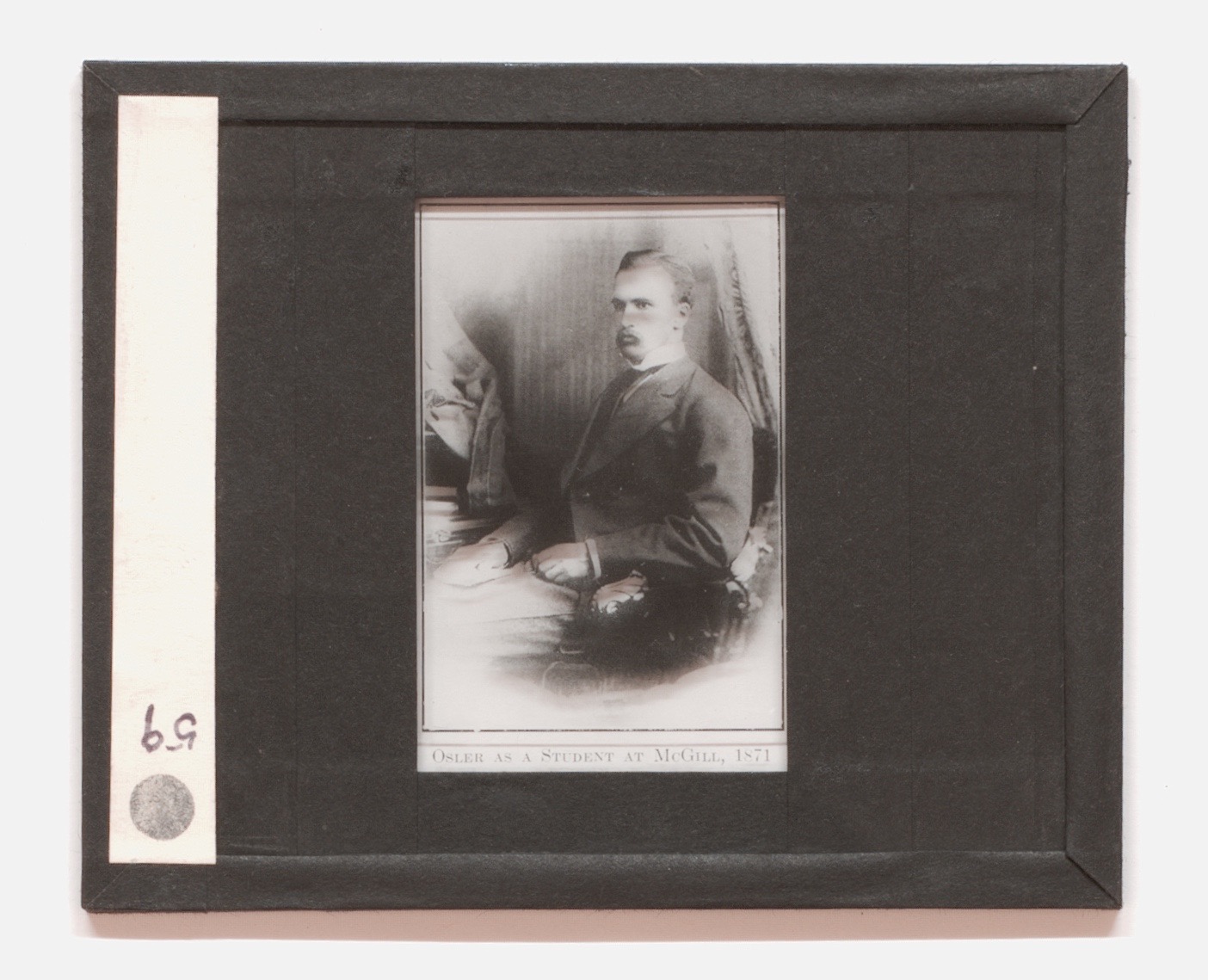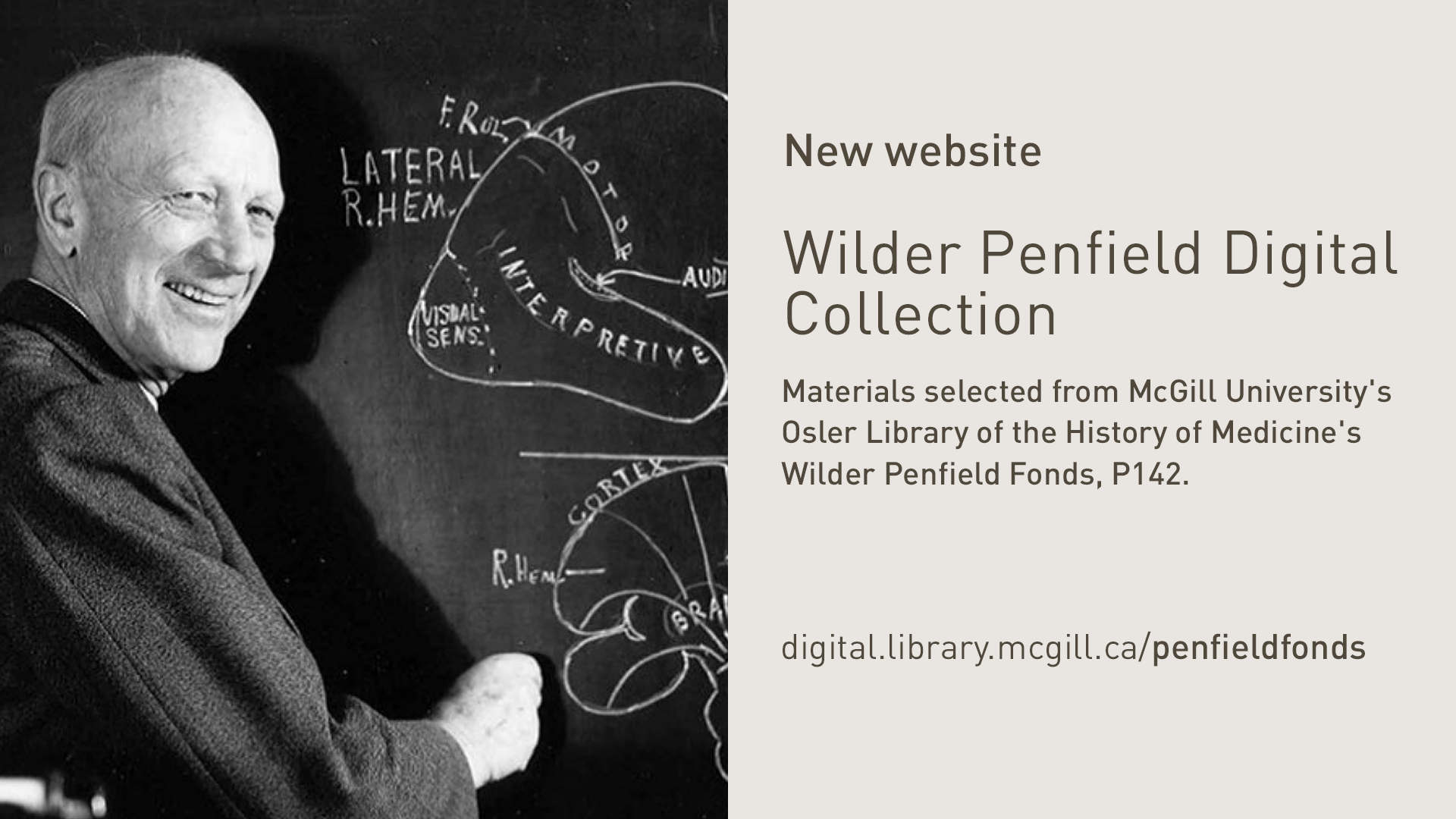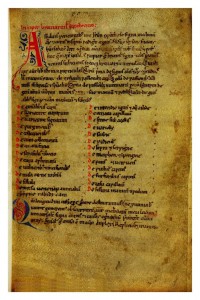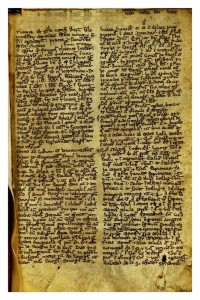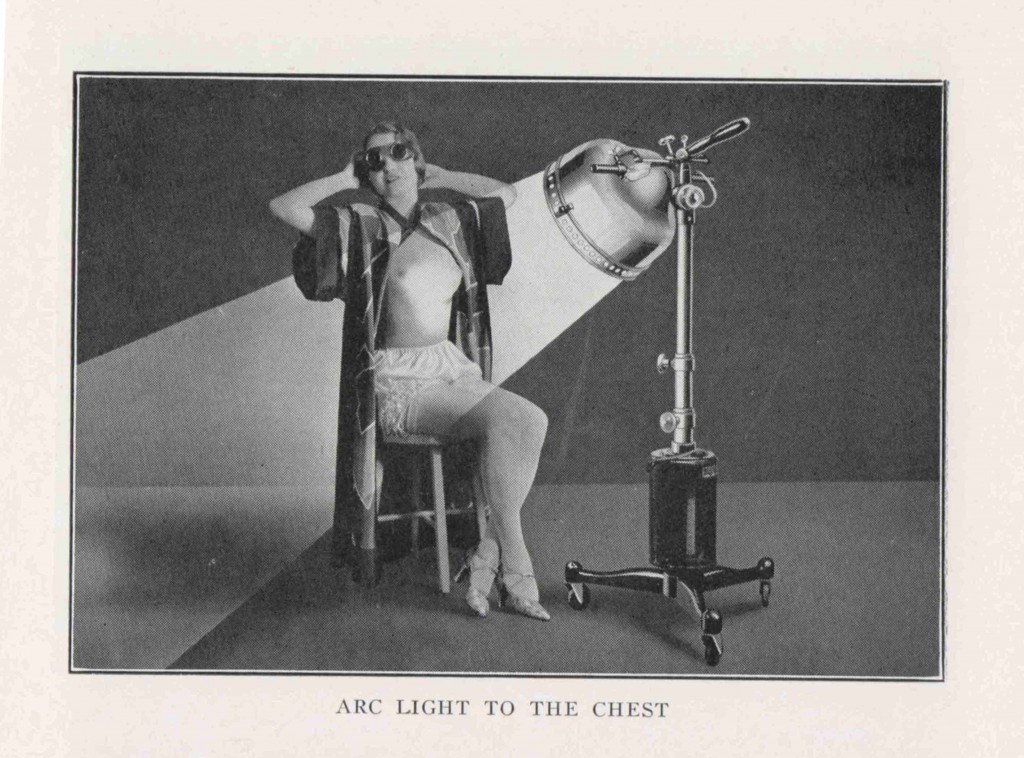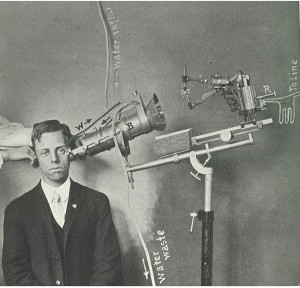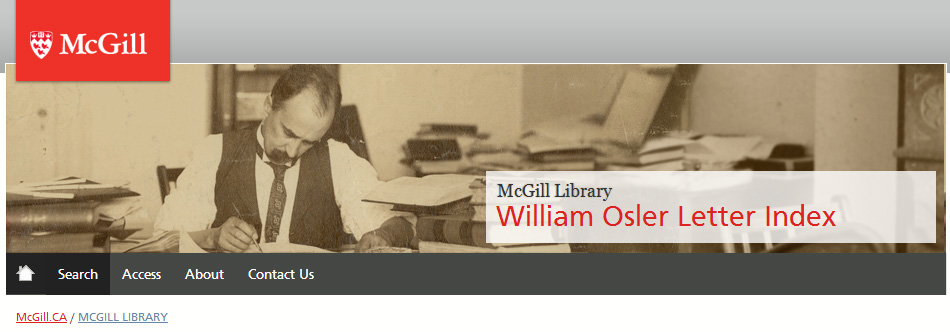Article par Sophie Ientile
Fondée en 1829, la faculté de médecine fut la première faculté créée à l’Université McGill et la plus ancienne faculté de médecine du Canada. Depuis, elle n’a cessé de se développer, recevant toujours plus d’étudiants. Afin de les accueillir au mieux, la faculté publie chaque année, depuis le milieu du 19e siècle, un petit fascicule d’information à l’intention des futurs étudiants.
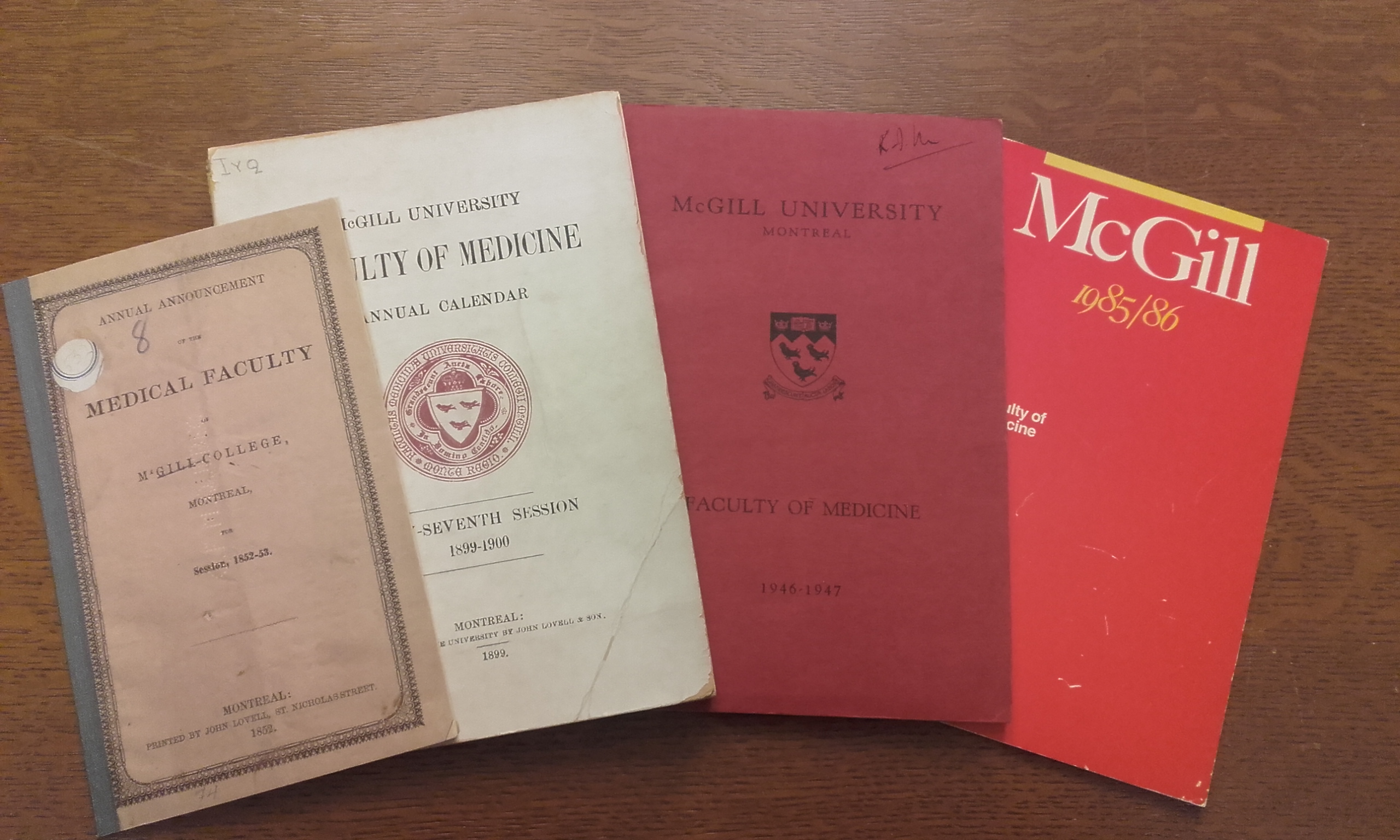
La bibliothèque Osler a conservé précieusement ces livrets, les Annual announcements of the Medical Faculty of McGill College, de 1852 à 1986. Ils constituent une riche source d’information sur l’organisation des études de médecine et la vie étudiante du milieu du 19e siècle à la fin du 20e siècle à McGill.
Ces livrets viennent d’être numérisés par la bibliothèque et sont désormais tous disponibles en ligne. [McGill / Internet Archive]. C’est donc l’occasion de mettre en lumière ici cette collection atypique.

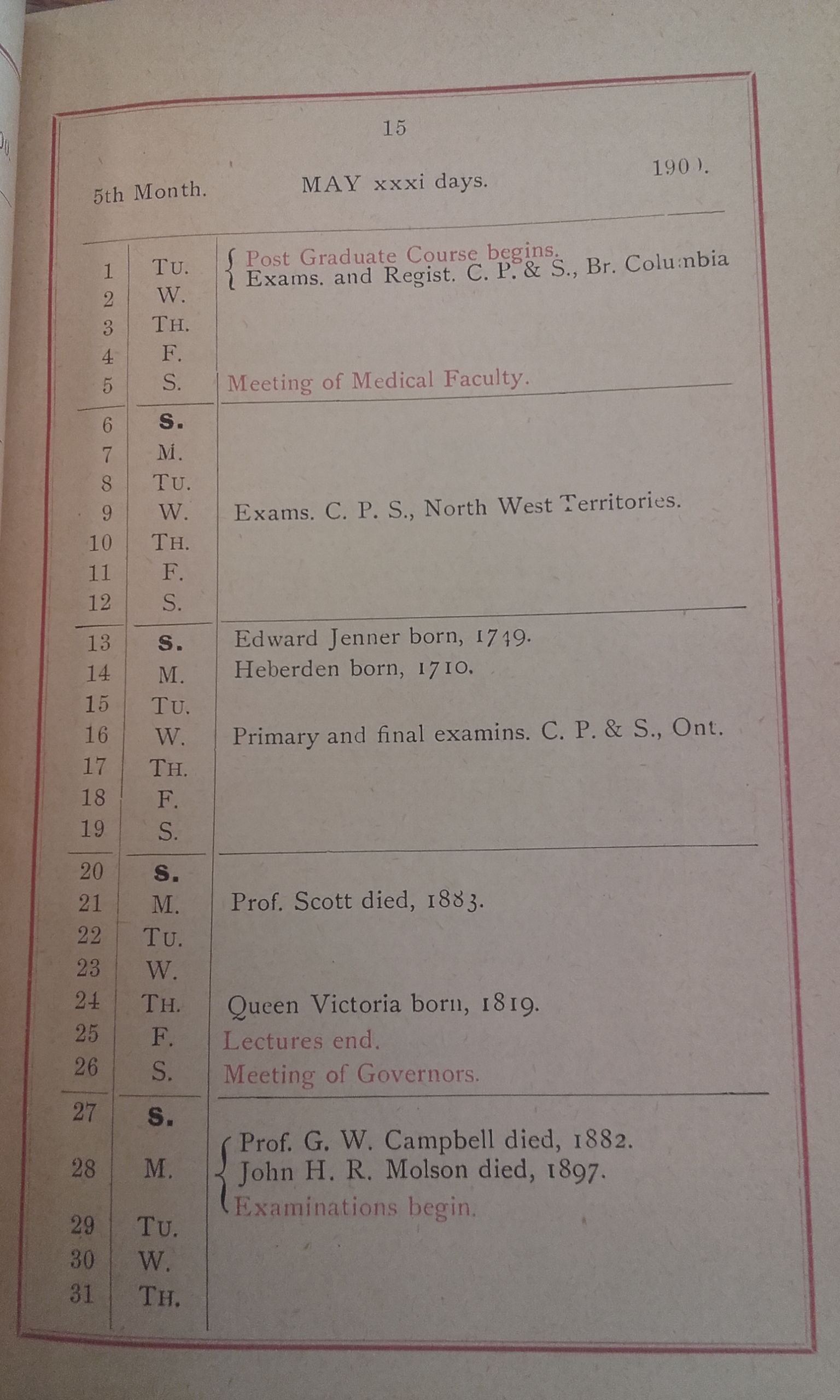
Liste des étudiants et des diplômés, 1851-1852 & Calendrier, 1899-1900
De taille très variable, chaque livret précise les conditions d’admission et les frais d’inscription à la faculté et le calendrier universitaire. On y trouve aussi des plans de la faculté et des photographies, notamment des hôpitaux partenaires.
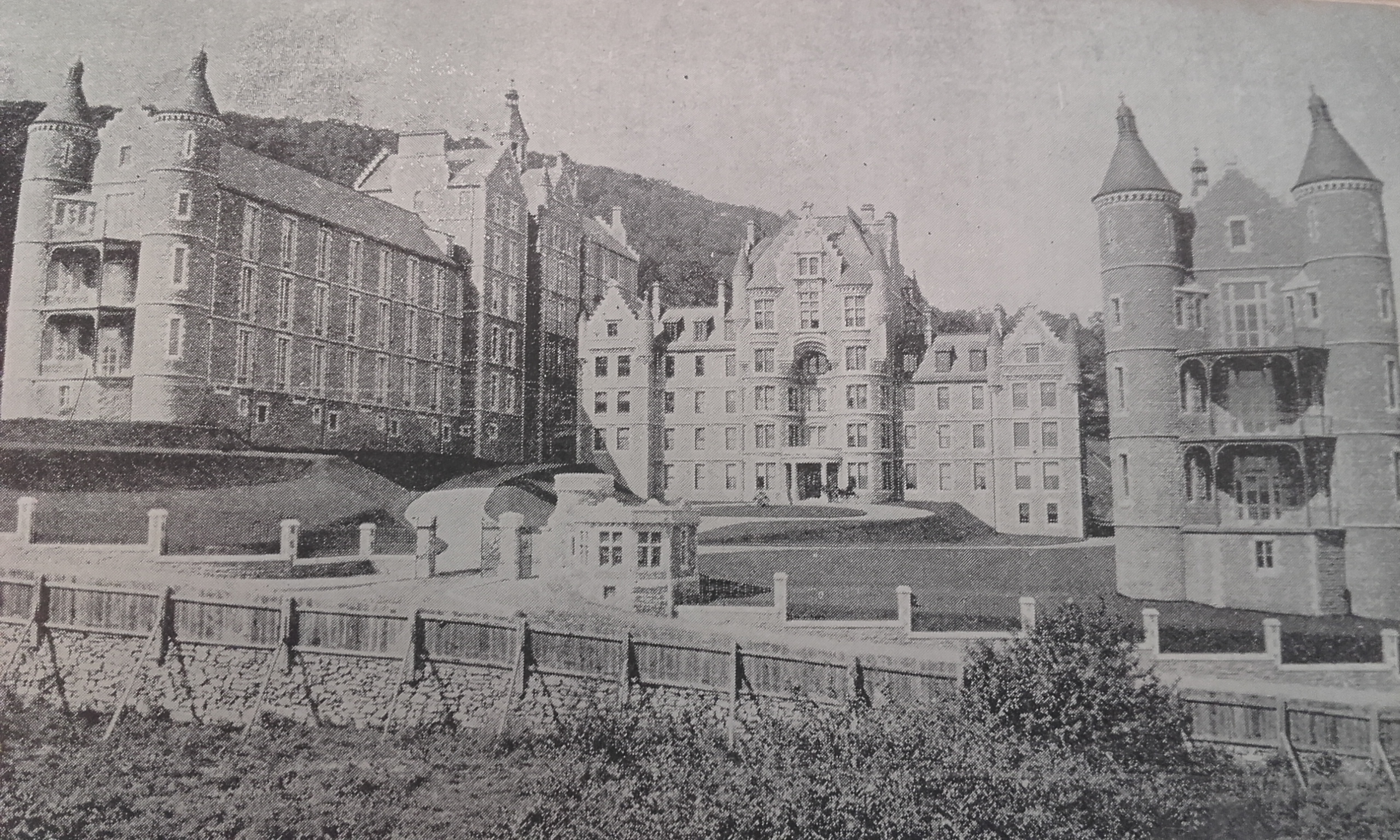
Le Royal Victoria Hospital, 1899-1900
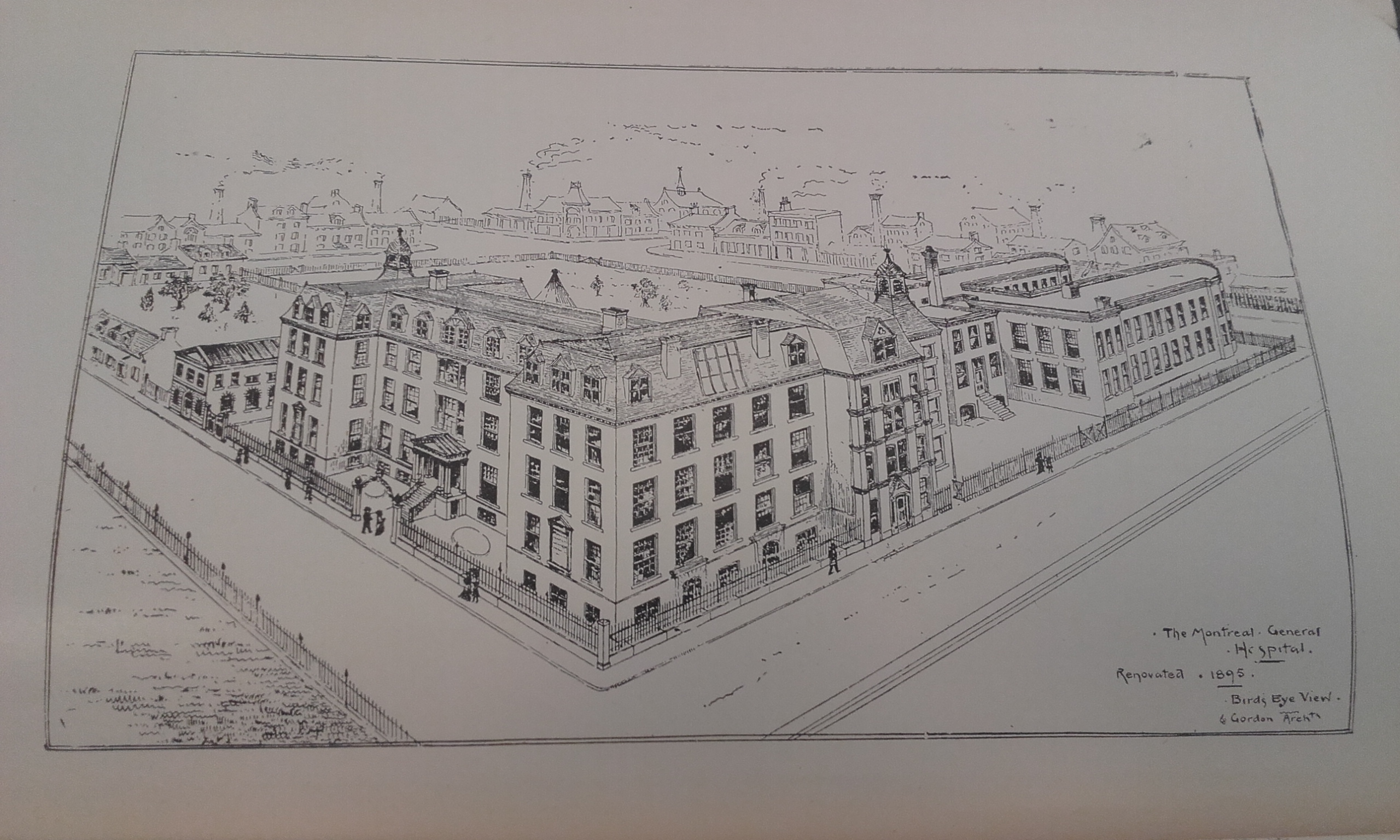
L’Hôpital général de Montréal, 1899-1900
Certaines années, la liste des étudiants et des diplômés de la faculté est publiée, ainsi que la liste des médailles et des prix reçus au sein de la faculté (sur l’exemplaire de 1872 par exemple, on voit que William Osler, alors étudiant à McGill, a été lauréat du « Special Prize for thesis » cette année-là).
C’est également une ressource intéressante pour connaître le contenu des cours à McGill, puisque chaque fascicule présente le programme détaillé des cours en médecine et des sujets d’examen (en latin, littérature anglaise, algèbre, français, histoire anglaise, chimie…). On y trouve aussi de nombreuses autres informations d’ordre pratique, comme les noms des membres de la faculté, les sociétés étudiantes existantes, les solutions d’hébergement proposées aux étudiants…
Enfin, ces documents permettent de reconstituer l’histoire de la faculté de médecine et du campus de McGill à travers plusieurs plans et photographies.
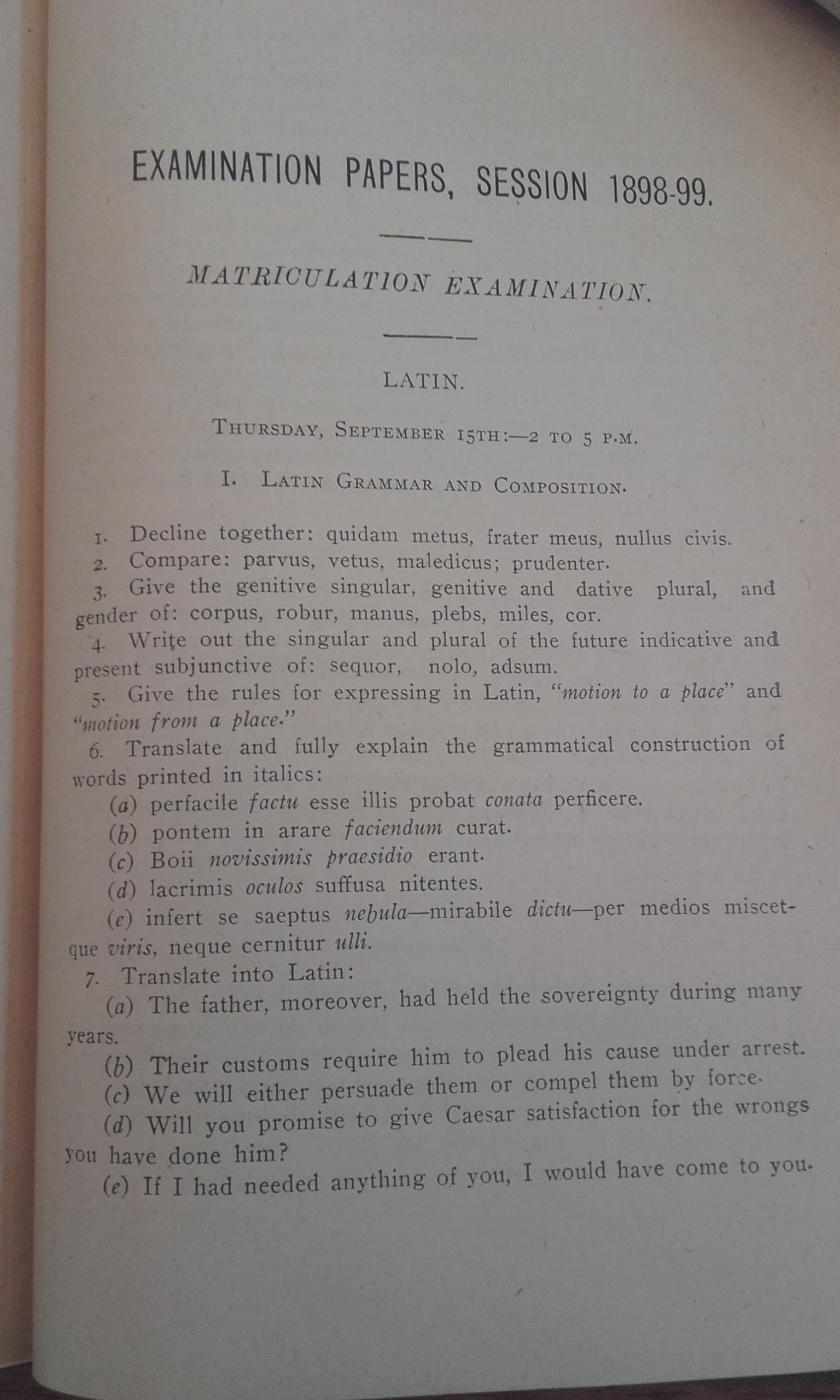

Sujet d’examen de latin, 1899-1900 & Plan du campus de McGill, 1946-1947
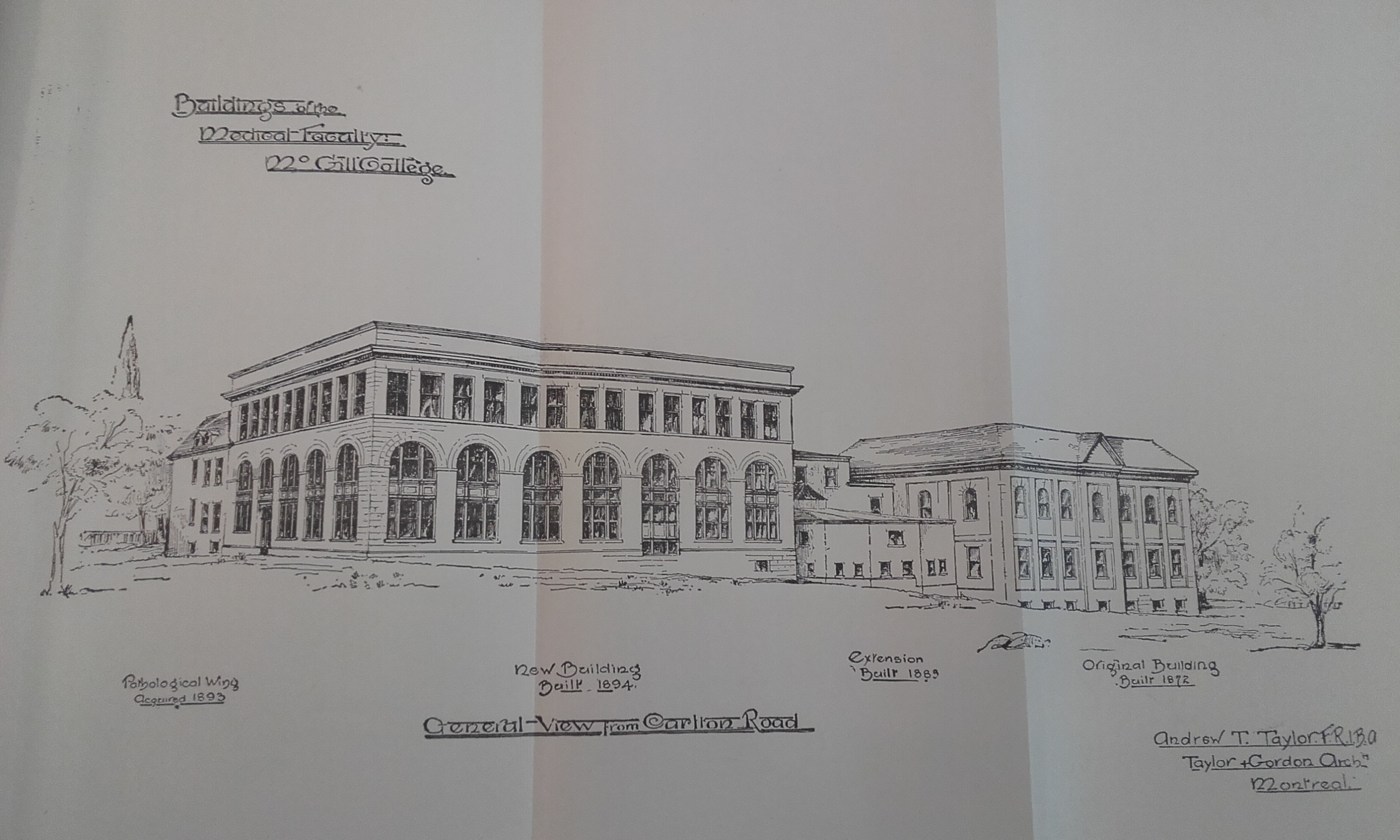
Faculté de médecine de McGill, 1899-1900
Ces Annual announcements of the Medical Faculty of McGill College, désormais disponibles en ligne, sont donc une mine d’information pour les chercheurs, ou plus largement pour toute personne que l’histoire de McGill intéresse. N’hésitez pas à les consulter!
Bibliographie:
Annual Announcements of the Medical Faculty of McGill College, McGill University, 1852-1986, disponible en ligne [McGill / Internet Archive].
Cruess R. L., “Brief History of Medicine at McGill”, disponible en ligne.
Frost S. B., McGill University: For the Advancement of Learning, Volume I, 1801-1895, Montreal, McGill-Queen’s University Press, 1980.
Frost S. B., McGill University: For the Advancement of Learning, Volume II, 1895-1971, Montreal, McGill-Queen’s University Press, 1984.
Hanaway J., Cruess R., McGill Medicine: The First Half Century, 1829-1885, Montreal, McGill-Queen’s University Press, 1996.
Hanaway J., Cruess R., Darragh J., McGill Medicine: The Second Half Century, 1885-1936, McGill-Queen’s University Press, 2006.


